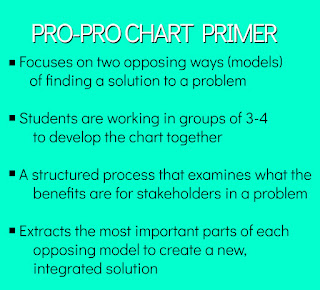No, I'm Not Listening
Students say the best things when they think I’m not listening. It’s pretty funny actually, if not more than a little frustrating. Students can be having excellent conversations about mathematics but as soon as I come over to listen they get just a little bit self-conscious and the conversation ends.
I’ve gotten really good at listening from far away.
We’ve been dabbling in project based learning with our grade nine academic classes this semester. After our first project, we introduced our students to Dandy Candies. This activity has been around for awhile. I first was introduced to it at the 2015 OAME conference when Dan Meyer ran it with a packed room. Since then, I’ve used this activity on and off with my classes, but never as a project.
The premise is pretty simple, show students the video of a preset number of small cubes assembling into packages (prisms) of various dimensions. Then ask them some questions about what they’ve seen.
“What do you notice?”
“What do you wonder?”
As the person responsible for steering the conversation, I try my best to guide them to the questions I really want them to ask. Except this time my thunder was stolen! Apparently, after doing only one previous project, at least one student in the room was wise to my plan.
“I bet Mr. Mitchell wants us to figure out which arrangement uses the least wrapping paper”, said one student. The entire classroom kind of gasped and went quiet. Then there was an explosion of conversation at each table group. This is a win. Here I thought I’d have to trick my class into asking the right questions. Somehow, they did it for me.
We spent a week playing with Math Cubes, calculating surface area and preparing a final report on which arrangement of 48 and 128 cube sized candies would need the least wrapping paper or in math speak, had the least surface area. Then we spent the following week diving deeper into Surface Area and Volume calculations. Students showed us their understanding in different ways. It was fun!
It has now been 7 weeks of project based learning and curriculum wise, the grade nine team was all over the map, covering linear relations and geometry without having developed some of the other tools that would make solving these problems easier. This was on purpose, we were creating a need in our students for them to ask us for better tools.
Up to this point, I haven’t once mentioned the word algebra to my class. But it was time to introduce them to some more formal methods of problem solving. Todd Malarczuk provided us with a simple mini project to drive home the need for algebra.
Students were presented with some pictorial representations of different algebraic equations. You’ve probably seen these puzzles floating around your Facebook feed. You may have even witnessed some of the arguments that they create. Well, it wasn’t surprising that the same thing happened with our students, arguments everywhere! Yet as I roamed around the room observing how the students were working, listening but not listening, I heard some comments that convinced me this was working.
“Drawing apples in my notes isn’t very easy.”
“If a bushel of bananas is four, do we need to know what one banana equals?”
“I wish there was an easier way to do this”
We had created a need in our students for something more efficient. They wanted to know how to calculate what a coconut equaled, without us having to convince them that they needed algebra. It was difficult, but by giving students the time to struggle; to try and fail and learn, we had created a community where risk taking was valued. It wasn’t taboo to ask questions about the math we were learning or wonder about where we were headed. Students owned their own learning, without us having to tell them that the learning was important.


Comments
Post a Comment